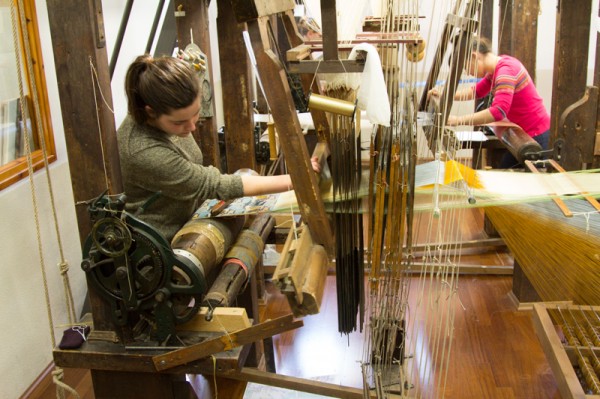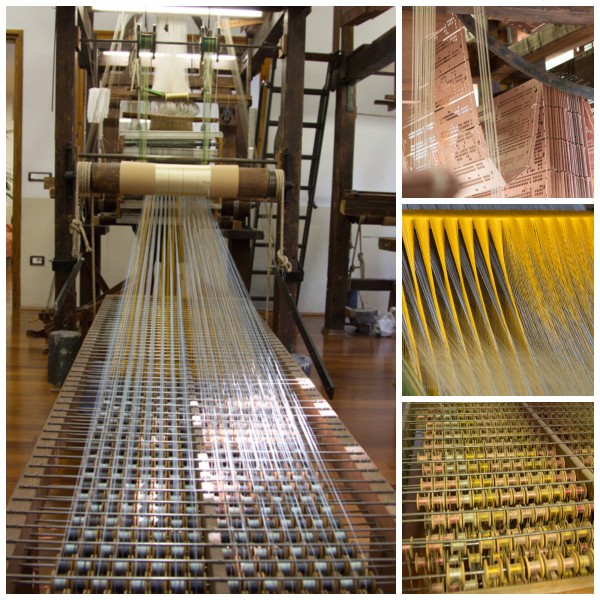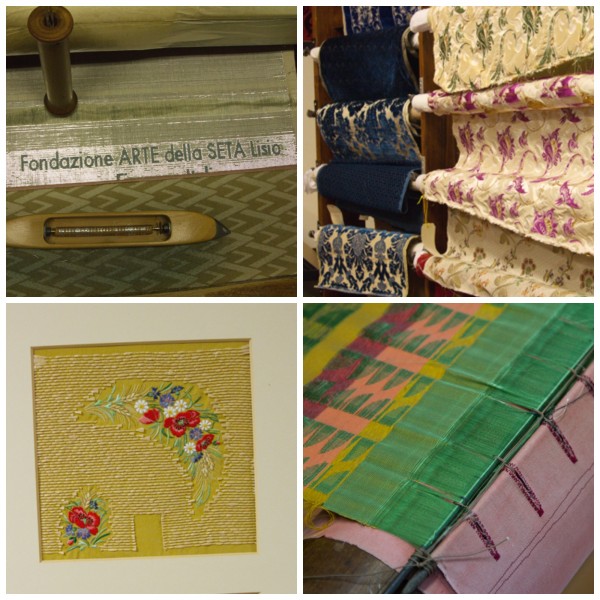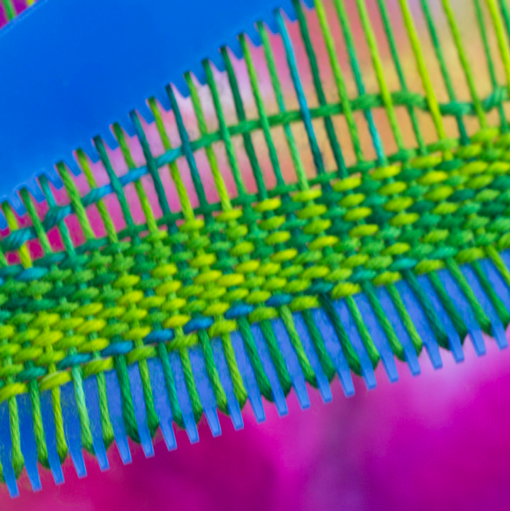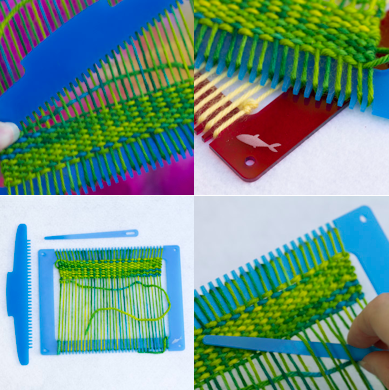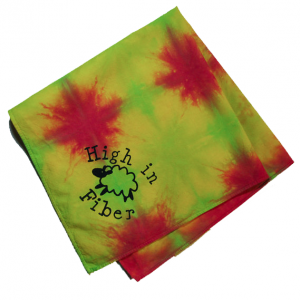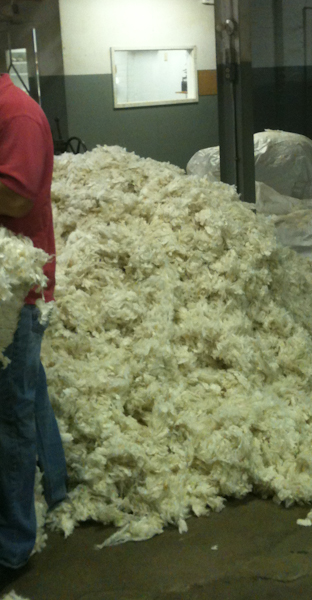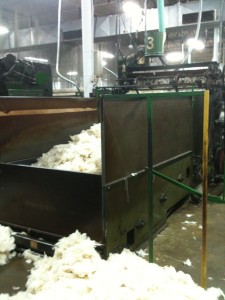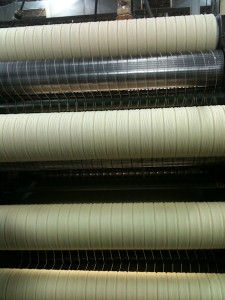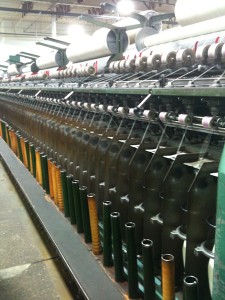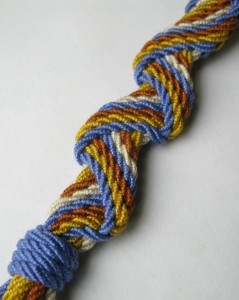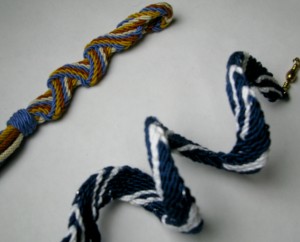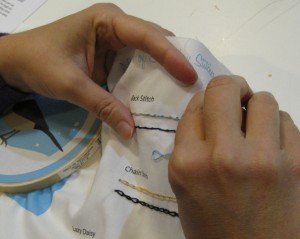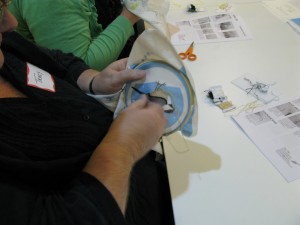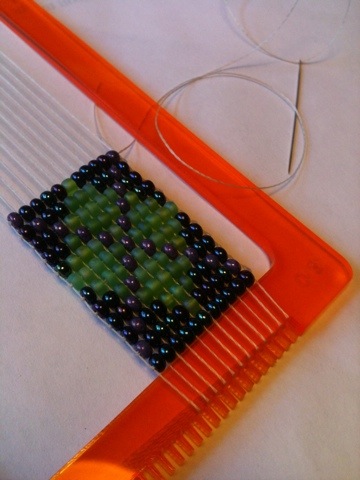Fondazione Lisio, Florence Italy
Fondazione Lisio is a non-profit organization dedicated to preserving the traditions of of weaving silk velvet and brocade on jacquard looms, which are probably two of the most intricate and fascinating techniques I have ever seen woven. We were very fortunate to have one of the fantastic and very knowledgable instructors, Julie Holyoke, who was willing to give us a guided tour of the school while there were about 10 students working on the looms. The girl pictured above was creating a velvet. The loom is two “stories” high (you can see the ladder to the top level in the photos below). The students plot out a pattern and then key it into the cardboard punch cards, which are a very simple kind of computer program which helps the loom know which threads to move up and down for each row of the pattern. We talked to one of the students who was making her punch cards that day and she was concentrating very hard to make sure she kept them in the right order. On this loom, the warp threads are all on individual spools because when weaving a velvet, you need to be able to pull up the extra warp to make the velvet pile. For each row of velvet, the weaver inserts a tiny brass slat that pulls up the warp threads to make a loop of a certain height. A few rows are woven to hold them in place and then the weaver runs a razor blade along the top of the metal slat and hand cuts each row of pile. You can see a photo on their website here. Seriously.
The students were all young and most were there filling some kind of course requirement for their college program. I didn’t talk to many of them as they were very busy working, but they come from all over the world to study at Lisio. The photos below are fabrics made at the school. The top left was the last bit of a commission they had done for Versailles. They had a sketch and had reproduced a textile that had been worn out or damaged. This was also a cut velvet, but the background was solid silver threads. If you got at the right angle to look at the piece, it was like a mirror. The velvet pattern was in a sky blue over top of the silver background. The bottom left was a bag woven for Fendi. The Lisio has a great partnership with Fendi to make an exclusive woven purse for them every year. This one in the photo was woven with silk, raffia and brocaded flowers and others had feathers and all kinds of other fanciful designs. Fendi has an awesome video here and you can watch the weaver cutting the velvet. I saw the weaver working on next year’s Fendi bag, but I am sworn to secrecy. ;)


